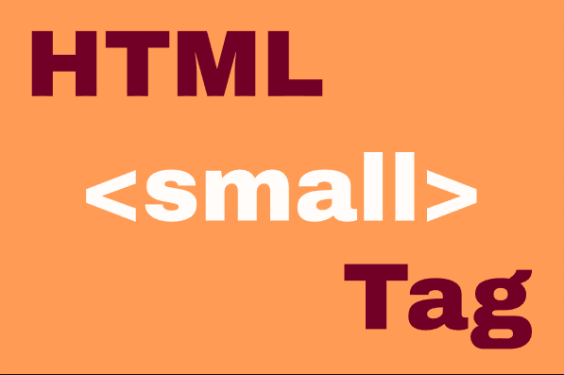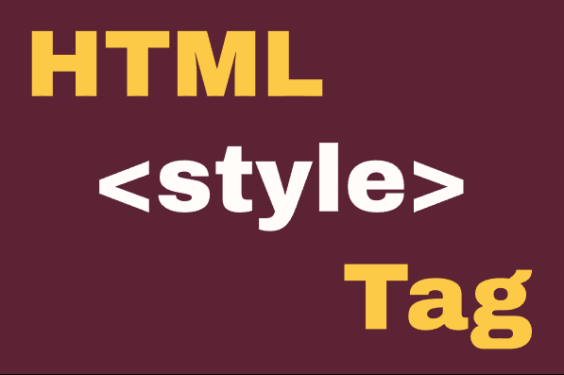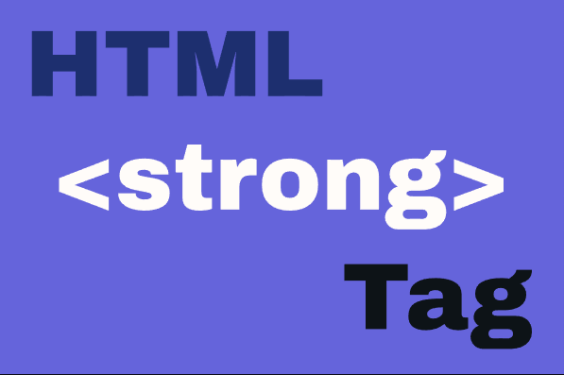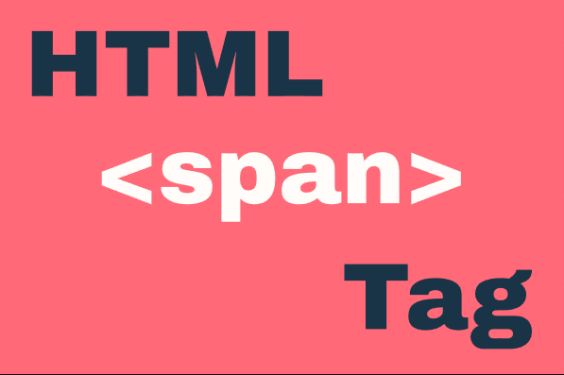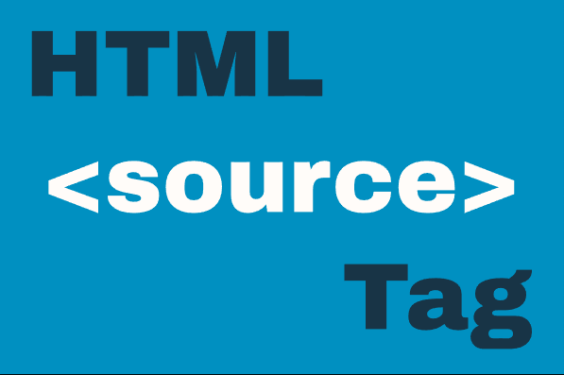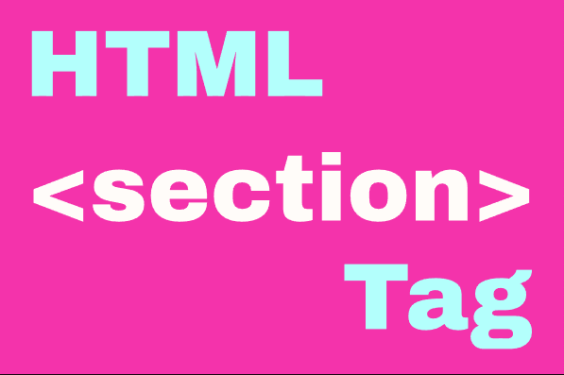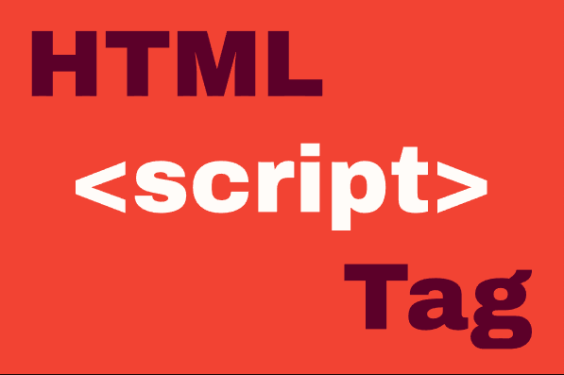HTML <small> Element
Publish in HTML Tutorial el 25/05/2025 16:10
The <small> element is used to represent side-comments and small print, typically for disclaimers, caveats, legal restrictions, or copyright notices. It renders text one font size smaller than the parent element (from medium to small, or from large to medium).
While <small> makes text visually smaller, it's important to note that it doesn't reduce the semantic importance of the content. Screen readers will still read it at normal volume and with the same importance as surrounding text.
Key Characteristics:
- Inline element (doesn't create line breaks)
- Reduces font size by one level (relative to parent)
- Often used for legal text, disclaimers, or attribution
- Can be nested to make text progressively smaller
- Should not be used just for visual styling (CSS is better for that)
Basic Syntax
Here's how the basic <small> tag looks in HTML:
And here's how it renders:
This text will appear smaller than surrounding contentExamples of <small> Usage
Example 1: Copyright Notice
A common use of <small> is for copyright notices at the bottom of pages:
Example 2: Form Field Instructions
<small> is perfect for providing supplementary information about form fields:
Example 3: Nested <small> Elements
You can nest <small> elements to make text progressively smaller:
Example 4: Dynamic <small> with JavaScript
Here's how you can use JavaScript to dynamically add small print to an element:
Example 5: Toggle <small> Visibility with JavaScript
This example shows how to toggle the visibility of a <small> element:
Tips and Best Practices
- Semantic Use: Only use <small> for content that represents legal disclaimers, caveats, or side comments, not just for visual styling.
- CSS Alternative: If you just want smaller text for design purposes, use CSS (font-size) instead.
- Accessibility: Screen readers will read <small> content normally - don't rely on it to convey importance.
- Nesting: Avoid nesting more than 2-3 levels as the text may become too small to read.
- Contrast: Ensure small text maintains sufficient contrast with its background for readability.
Browser Support
The <small> element is supported by all browsers, including:
- Chrome (all versions)
- Firefox (all versions)
- Safari (all versions)
- Edge (all versions)
- Internet Explorer (since IE6)
- Mobile browsers (Android, iOS)
